The U.S. Contaminated These Three Countries With Radioactive Materials During the Cold War, and Now Scientists Are Worried
The Government Accountability Office implores the Secretary of Energy to develop a plan to help Greenland, Spain, and the Marshall Islands.
This recommendation comes as part of a report on the lasting effects of Cold War-era nuclear tests and stockpiling. The GAO cites three countries adversely affected by the United States’ nuclear programs.
The GAO Nuclear Waste Study
Government Accountability Office officials examined key literature and interviewed government figures regarding three sites of U.S. nuclear contamination.
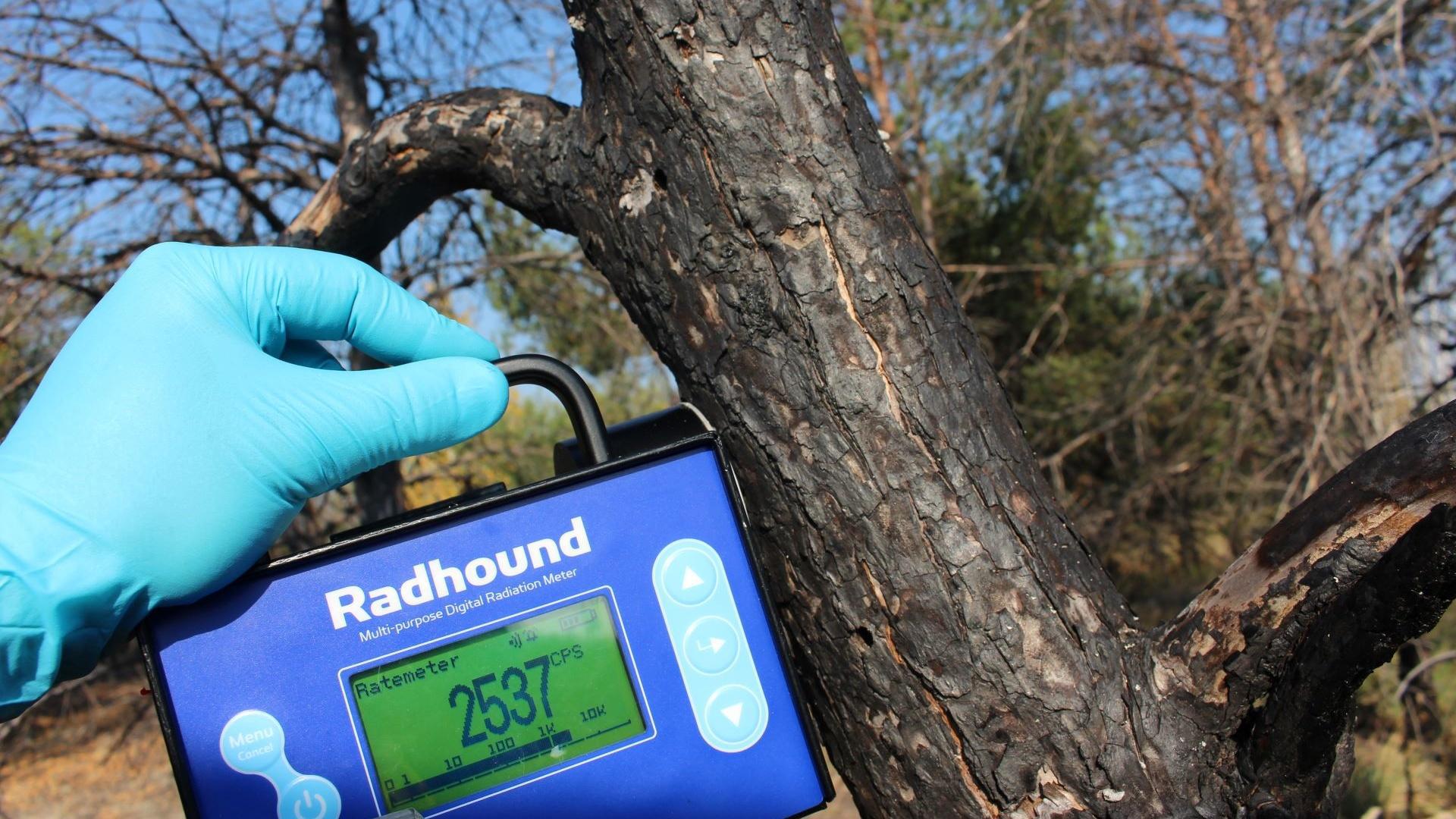
Image Source: ArticCynda/Wikimedia Commons
Each unique circumstance involves wildly distinct examples of mistakes, failures, and oversights in the U.S. nuclear program. The report, released January 31st, details the “amount and type of radioactive contamination” and “how conditions have changed at these sites.”
The GAO Monitors U.S. Nuclear Waste
The GAO website describes the organization as “a source of objective, non-partisan information on government operations.”

Source: Marcin Wichary/Wikimedia Commons
They release regular reports on the United States’ mounting nuclear waste issue. Most of their work examines domestic waste, like the Hanford site in Washington state. Though rarer, its international looks into U.S. contamination is critical.
Greenland Houses a Frozen U.S. Nuclear Reactor
The U.S. established Camp Century near Qaanaaq, Greenland, in 1959. The Arctic research facility drew power from a small nuclear reactor.
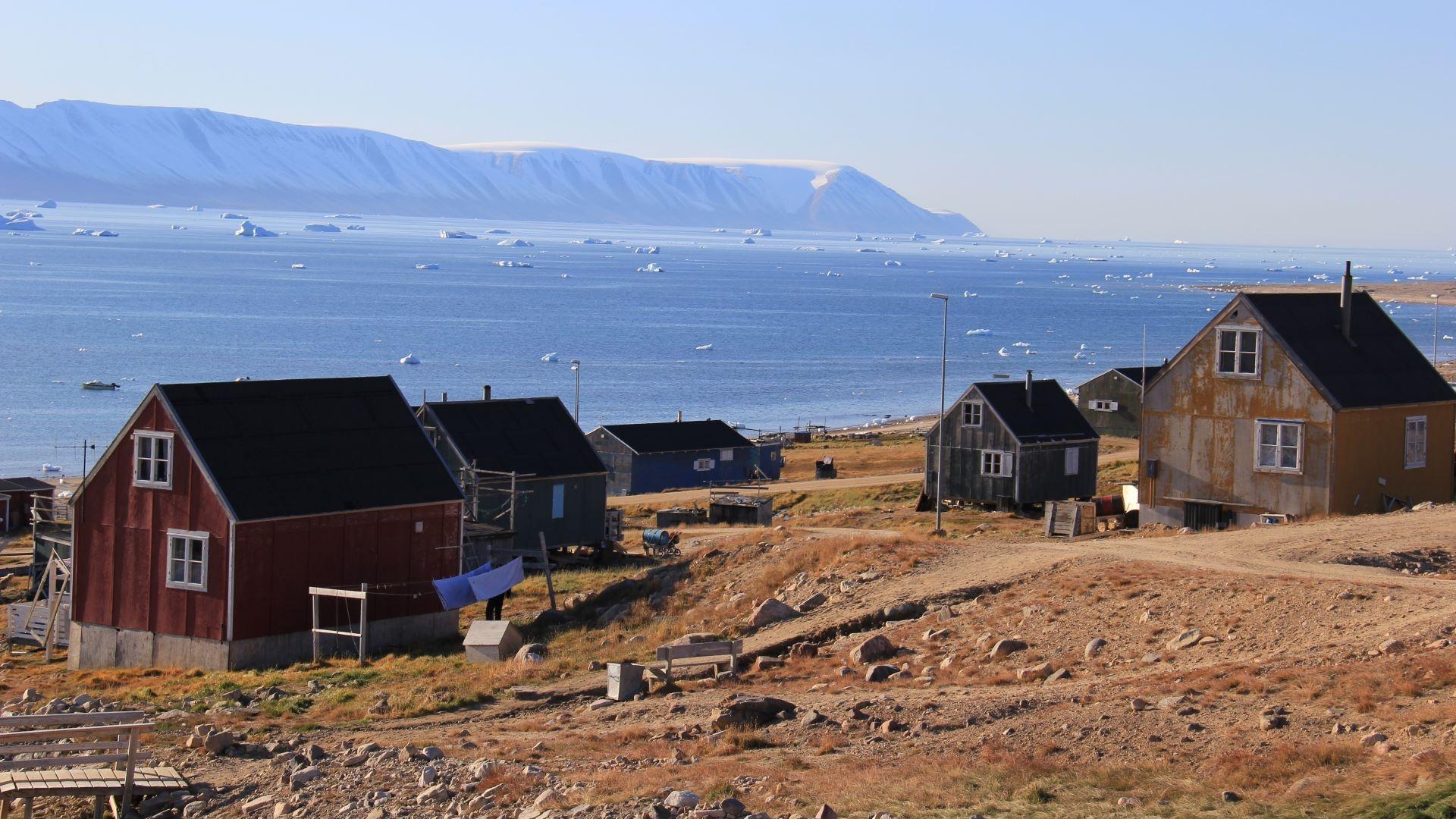
Source: Helene Brochmann/Wikimedia Commons
The GAO reports 7,500 gallons of radioactive liquid flowing from Camp Century’s reactor annually for four years. It remains buried under ice with the rest of the facility. The Danish government maintains permanent ice sheet monitoring near Camp Century.
Spain Saw a U.S. Nuclear Plane Crash
1966, two U.S. Air Force aircraft collided while attempting to refuel over Palomares, Spain. Four thermonuclear weapons fell, damaging two on impact.
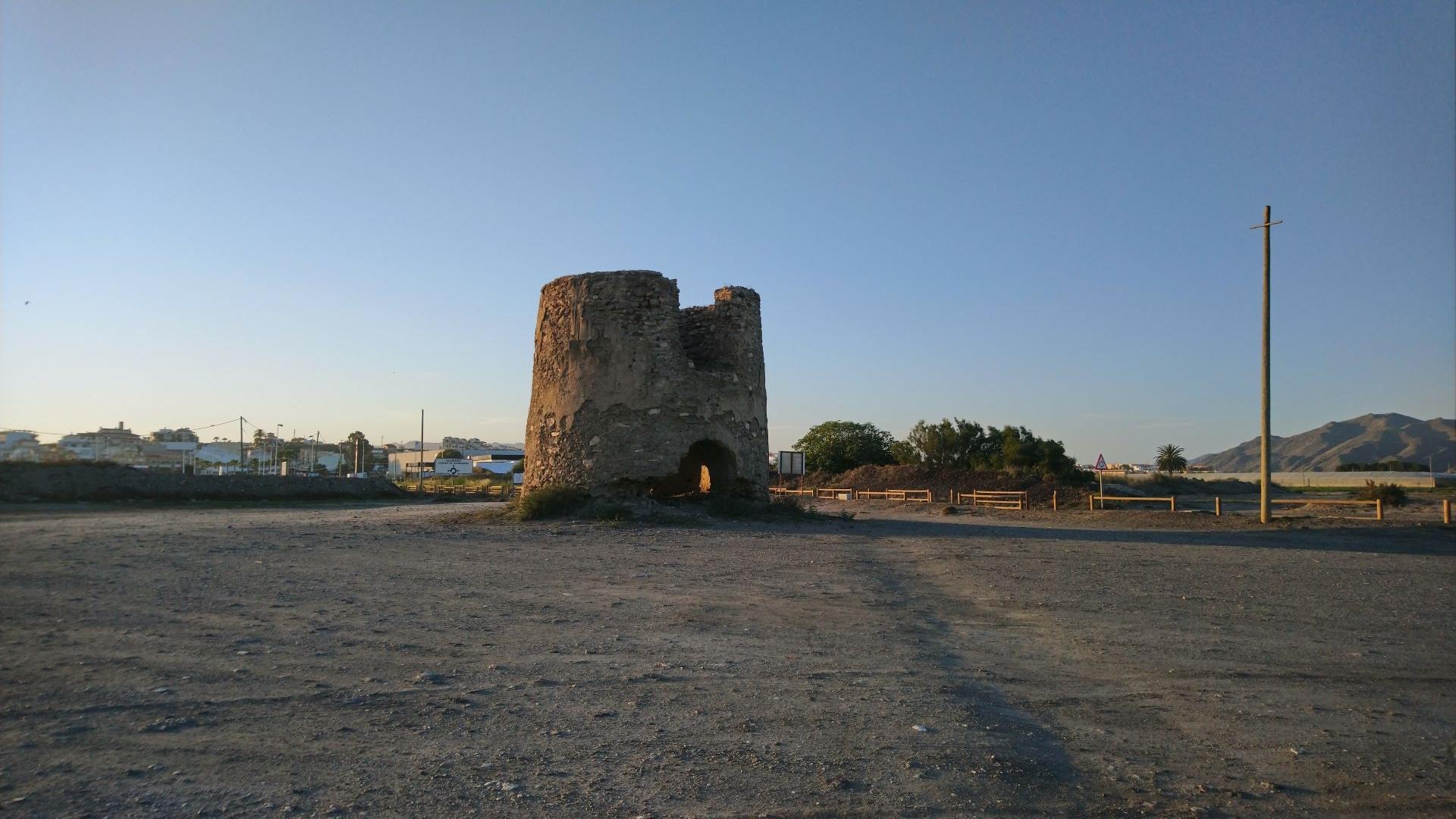
Source Schumi4ever/Wikimedia Commons
Veterans Affairs reports 1,600 military and civilian personnel working to clear radioactive material for three months. Further examination in the 90s demonstrated radiation beyond EU standards. The U.S. and Spain signed a mediation agreement in 2015 but took no further action.
The U.S. Tested Nuclear Weapons on the Marshall Islands
The U.S. carried out 67 nuclear detonations on the Bikini Atoll in the Marshall Archipelago. Unesco has labeled the test site a feature of its World Heritage List.
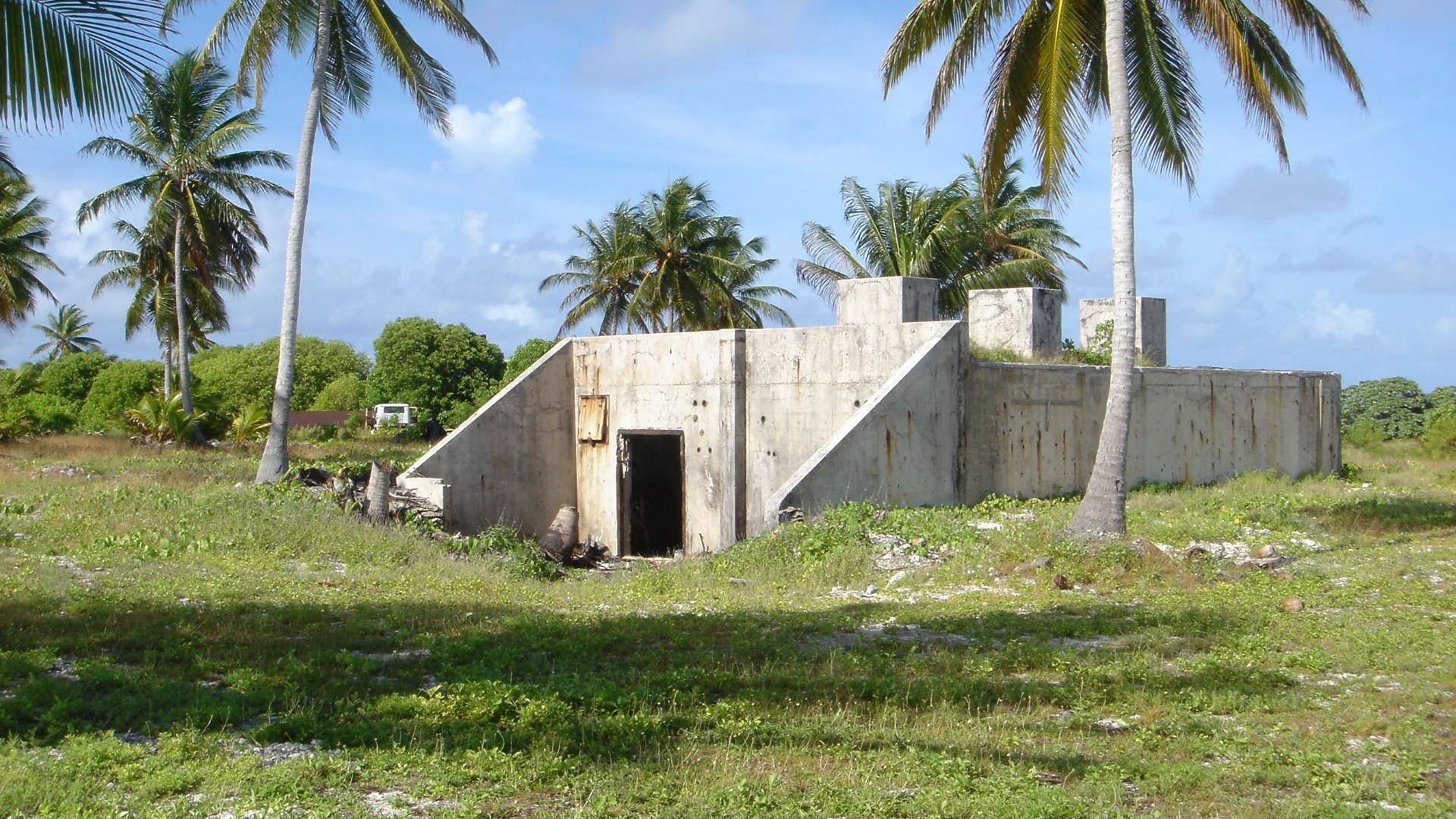
Source: UNESCO/Wikimedia Commons
Several atolls remain uninhabitable due to American nuclear bomb demonstrations. Measurable radioactive fallout appears throughout the Republic of the Marshall Islands (RMI.) The GAO cites sources within the RMI expressing concern about contamination of food or freshwater sources.
Climate Change Could Worsen U.S. Nuclear Contamination
The GAO reports increasing concerns regarding nuclear waste in Spain, Greenland, and RMI. Each circumstance could take on unforeseen consequences as carbon emissions alter the climate.
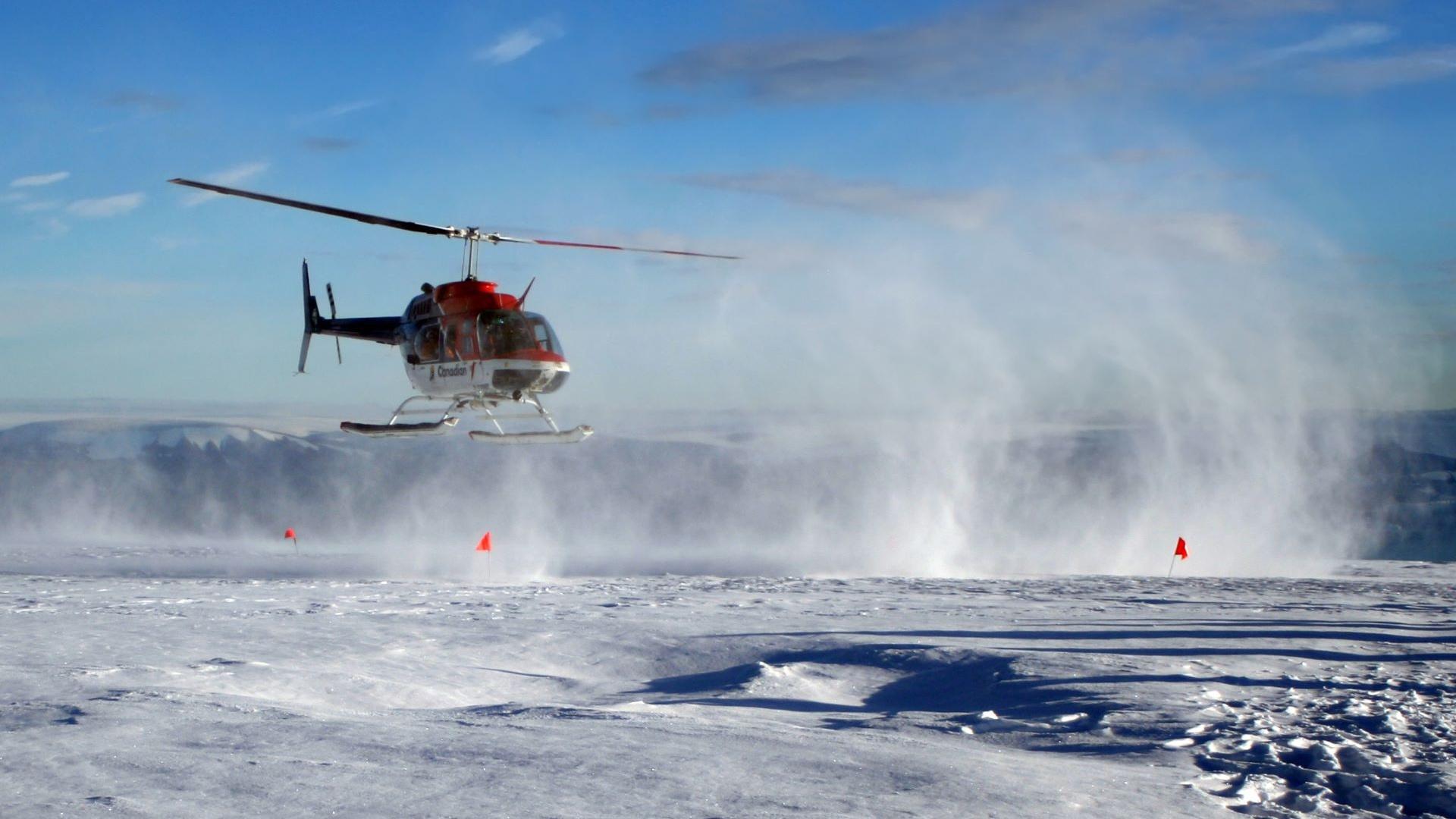
Source: Brocken Inaglory/Wikimedia Commons
Scientists participating in the Ice sheet Mass Balance Inter-comparison Exercise (IMBIE) estimated Greenland lost 5,390 tons of ice between 1992 and 2020. RMI officials argue new weather patterns could mobilize radioactive materials, increasing the risk of human exposure.
The Complicated Relationship Between the U.S. and RMI
Preliminary shared investigations between the American Department of Energy and RMI officials have revealed poor communication.

Source: UN WOMEN Pacific/Wikimedia Commons
The GAO notes mistrust between RMI and the U.S. While the DOE considers the risk of human exposure low, RMI officials believe they’re downplaying concerns. The GAO report warns against changing environmental factors.
The GAO Recommends Swift Action by the DOE
International bodies carefully monitor the contamination in Greenland and Spain. While negotiations stalled between the U.S. and Spain, Palomares remains under scrutiny.
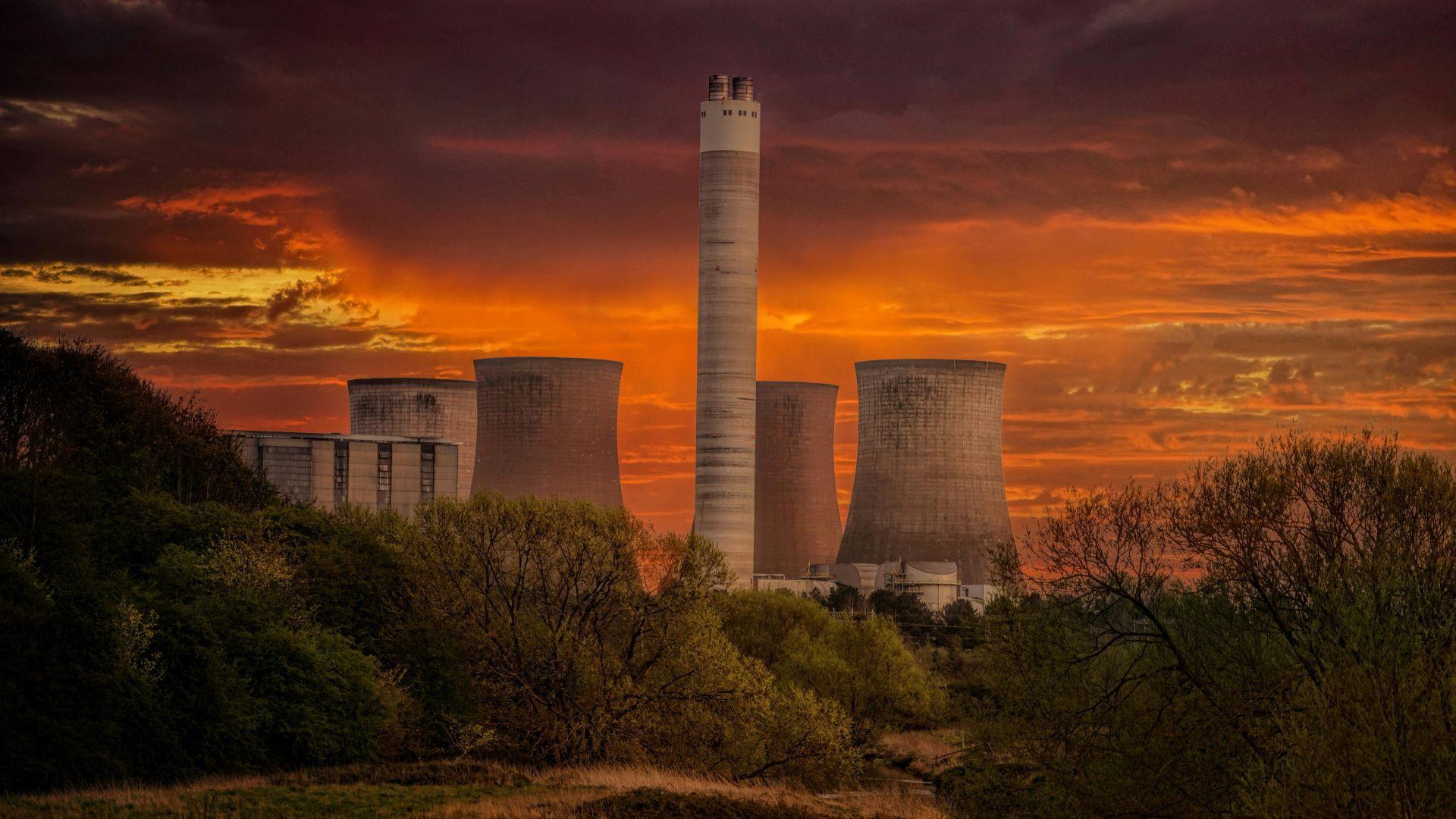
Source: Johannes Plenio/Pexels
The GAO charges the DOE with developing an efficient communication strategy with the RMI. They recommend the DOE “should develop and document a strategy for communications on radioactive contamination that is sustained, understandable, and transparent.”
The DOE Agreed With the GAO’s Recommendations
Todd N. Lapointe, director of the U.S. DOE Office of Environment, Health, Safety, and Security, issued a concurrence attached to the end of the GAO’s report.
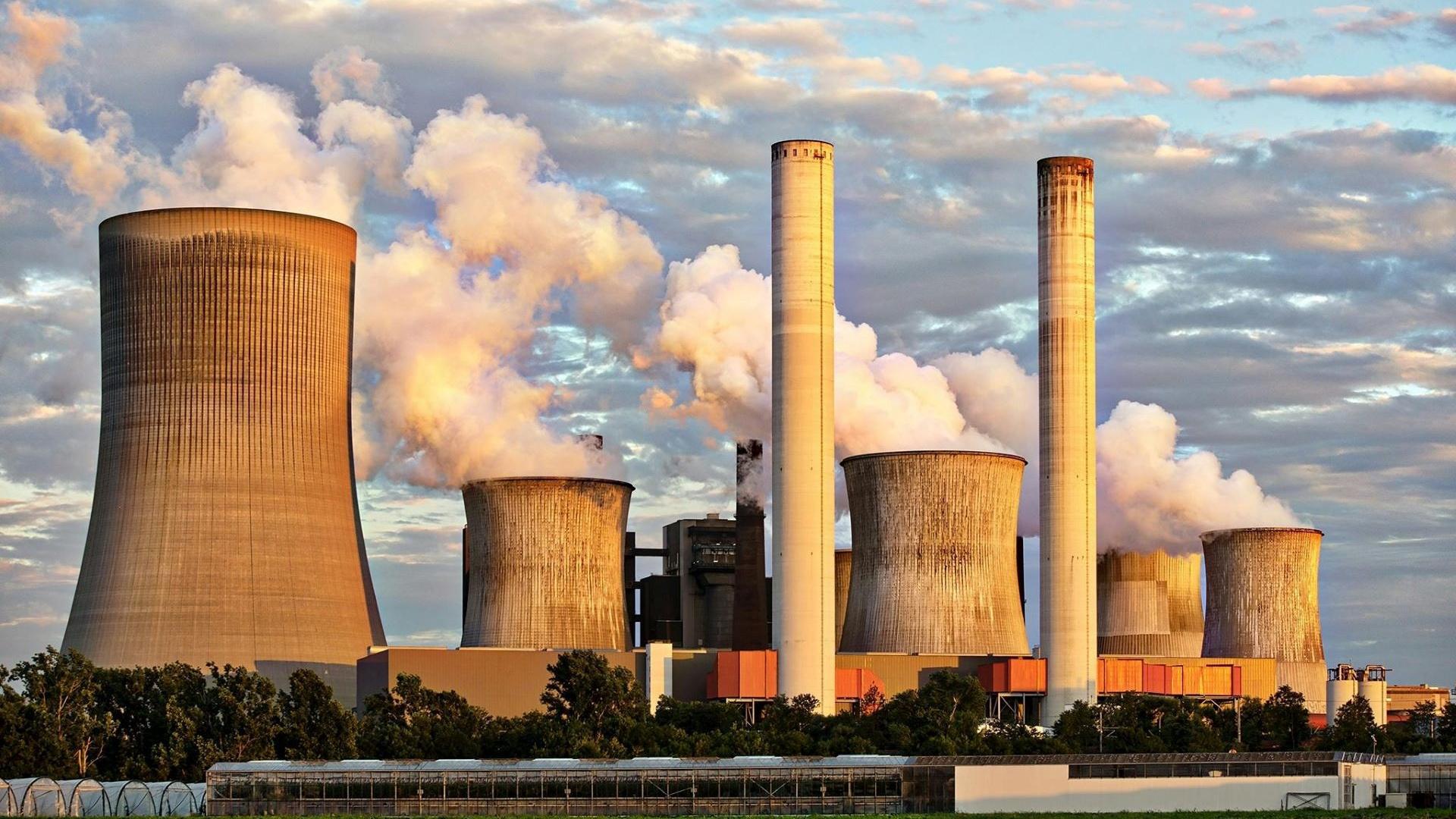
Source: Pexel
Lapointe commended the DOE’s recent efforts to establish beneficial connections with various RMI officials. He announces the DOE’s intention to include the State Department in future developments. The listed completion date for the new communication strategy is December 13, 2024.
Living in the Shadow of the U.S. Nuclear Program
The Cold War saw the United States develop nuclear weaponry at scale. While these weapons never saw combat, many still live with the immense risk they represent.

Source: Pexels
The stories in Greenland, Spain, and the Marshall Islands demonstrate the overwhelming risks and consequences of nuclear proliferation, even if the bombs never reach their purpose.
